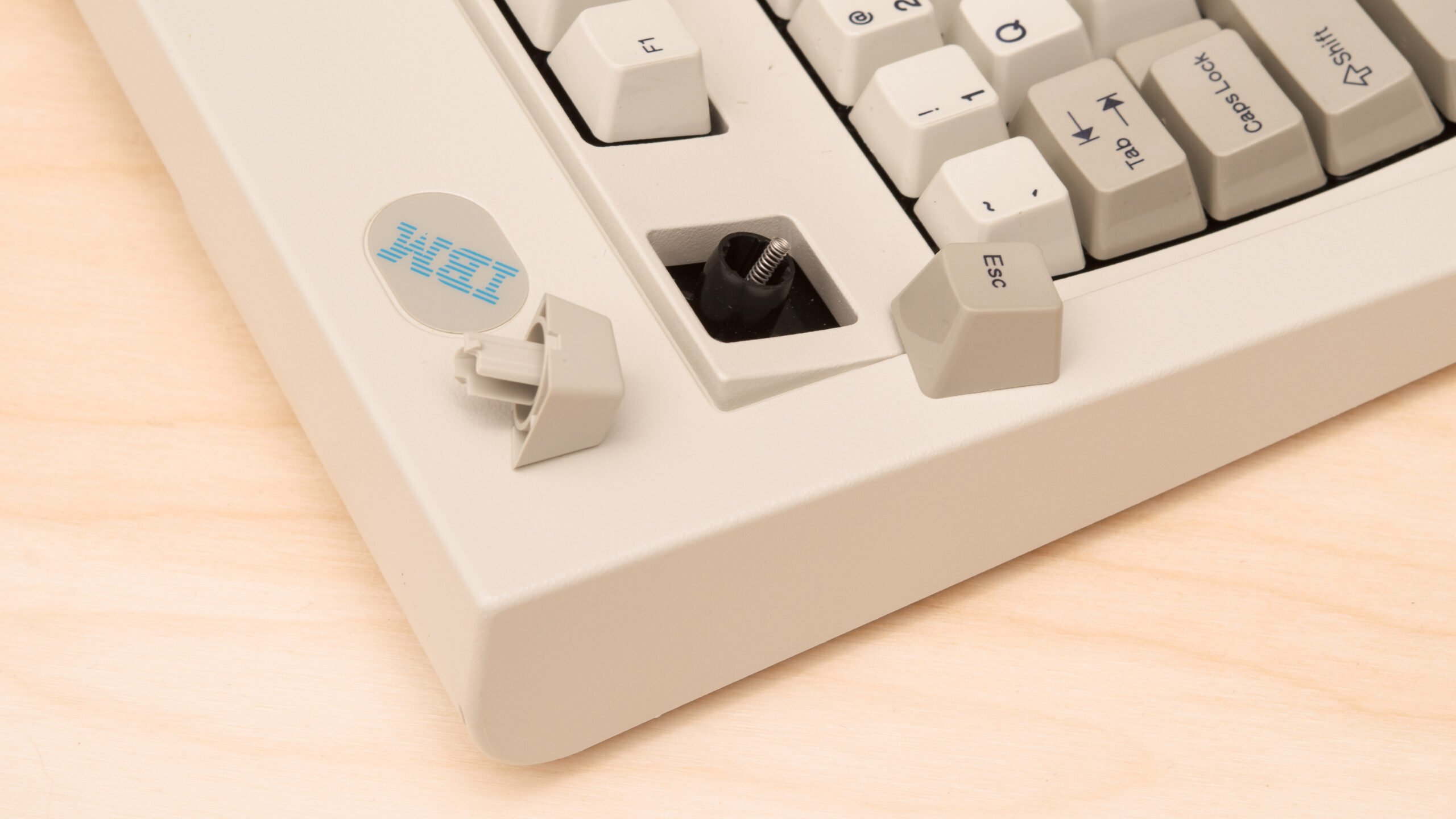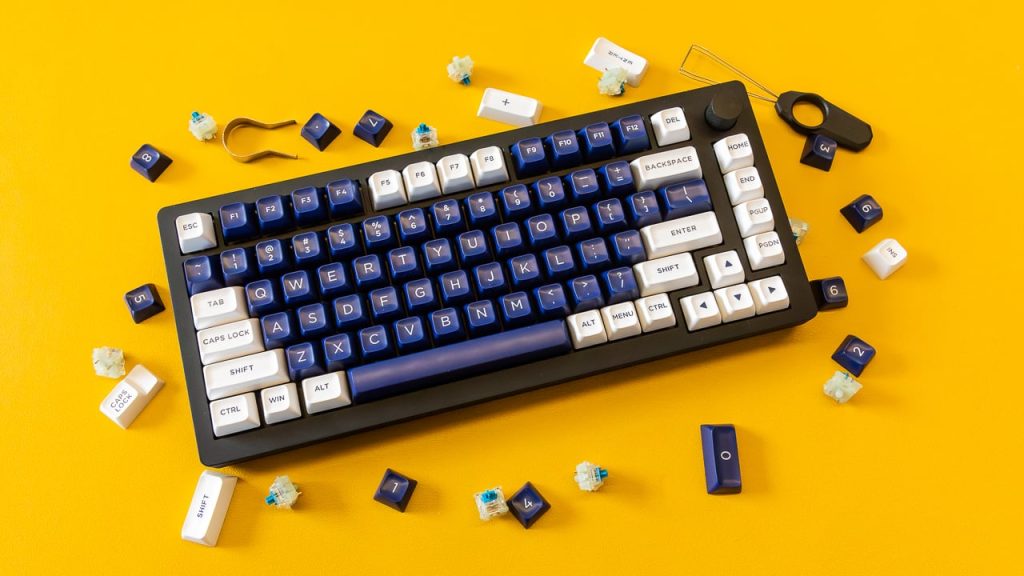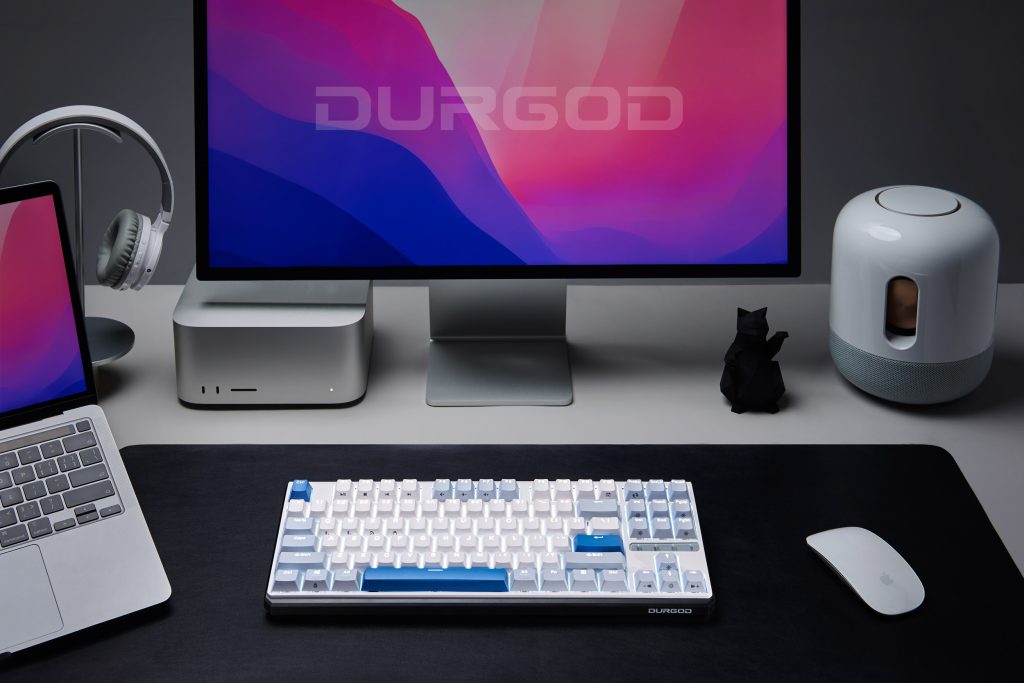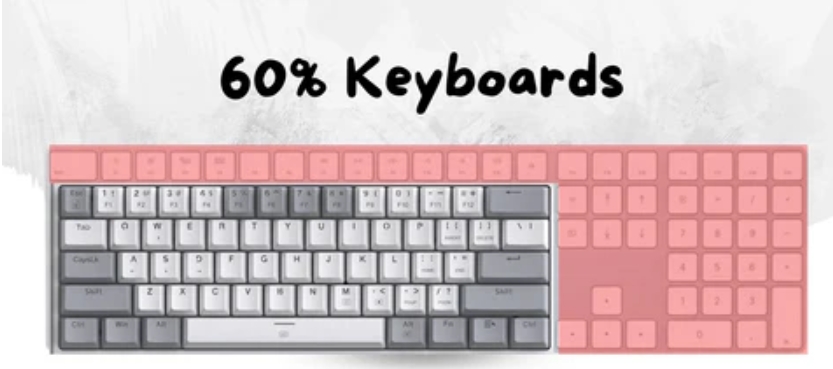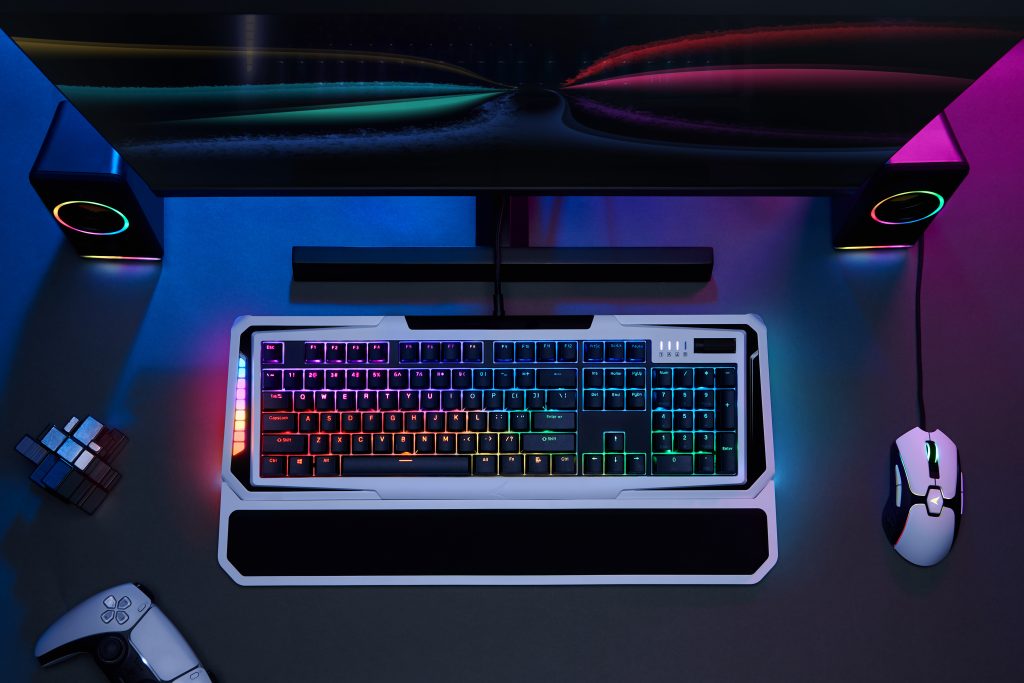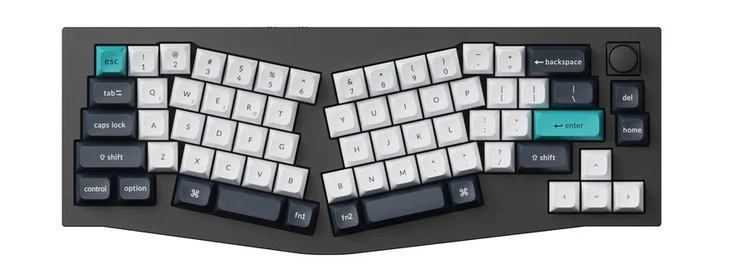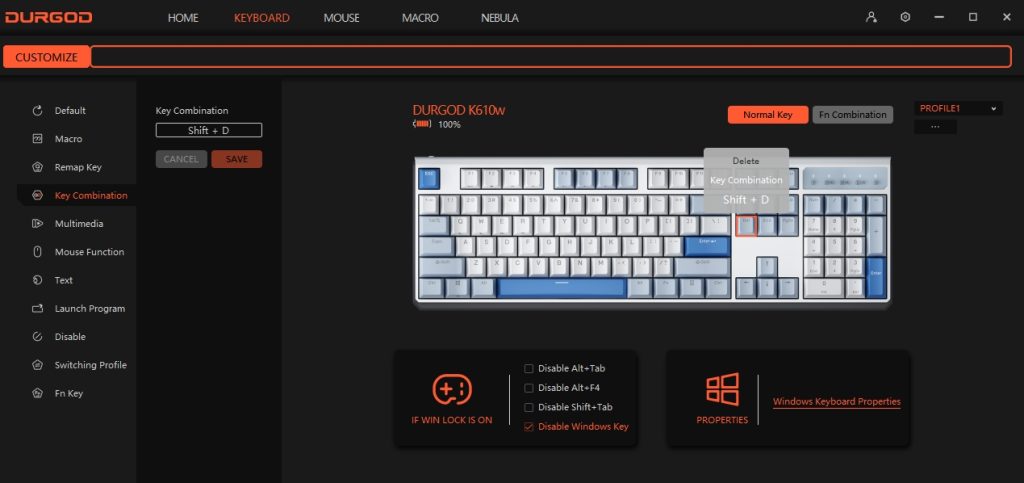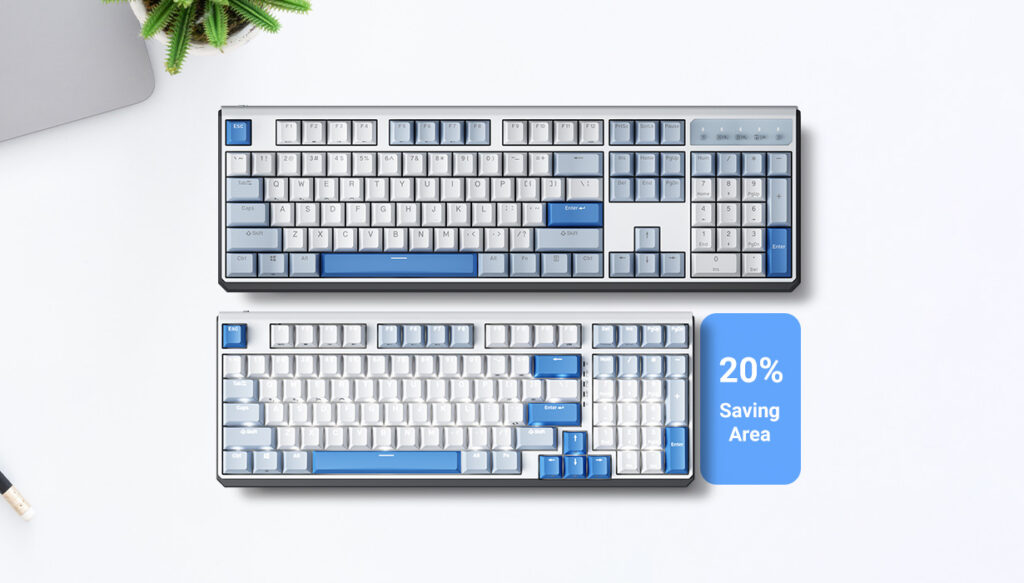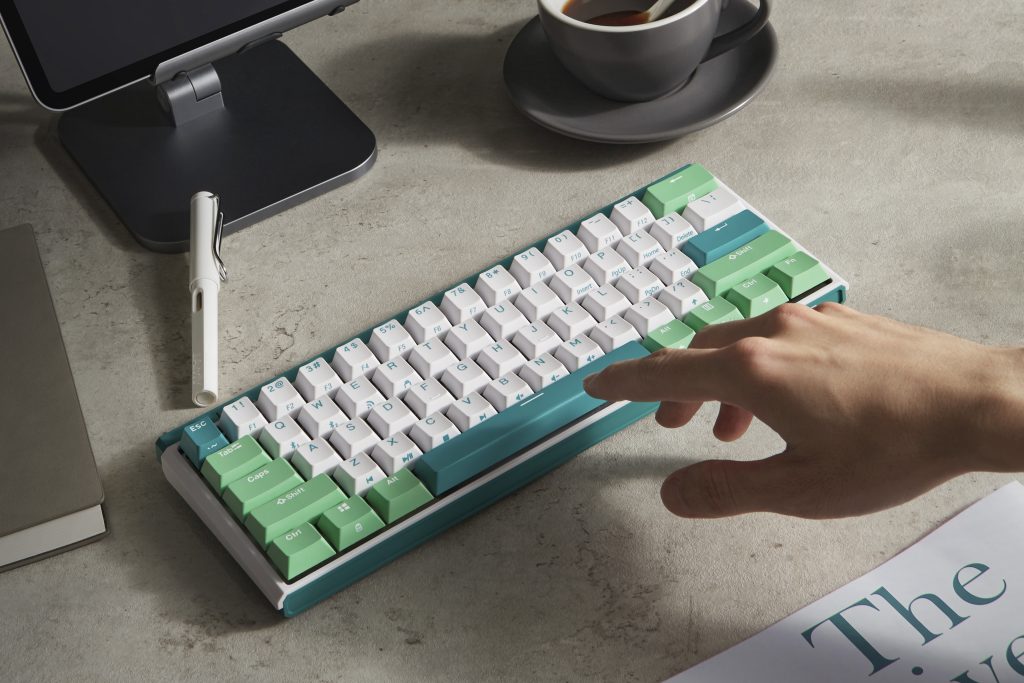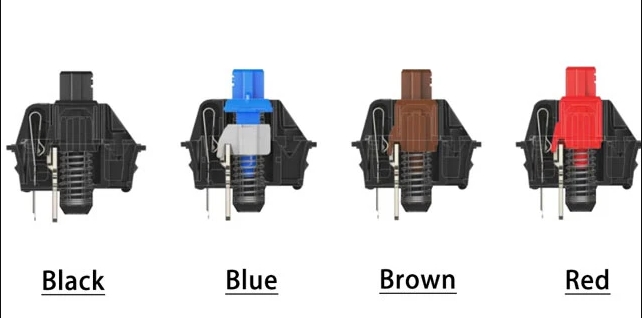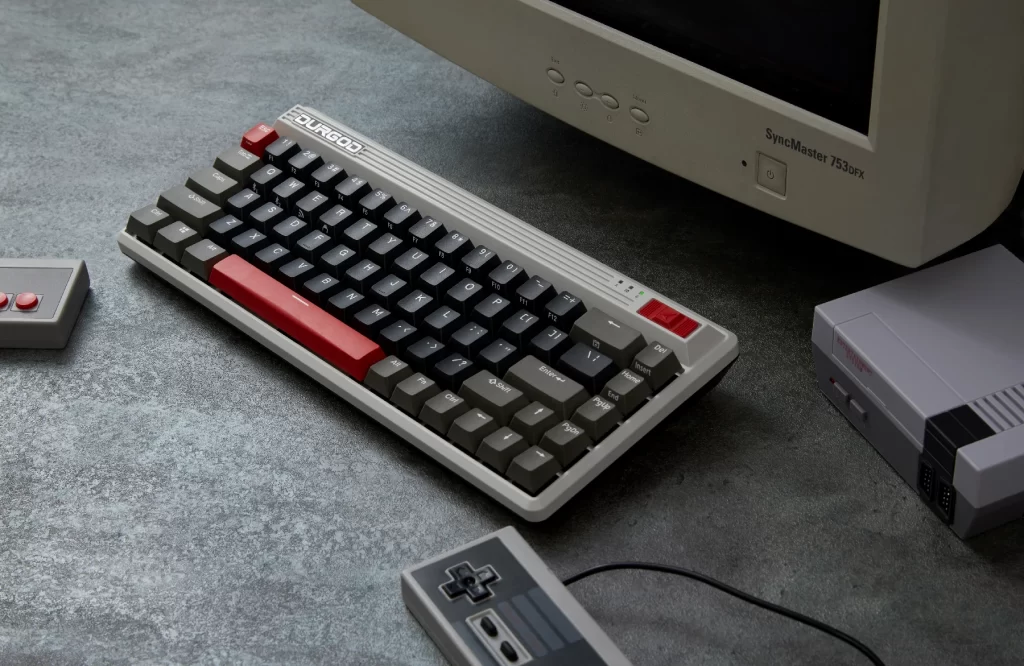IBM has played a crucial role in the history of mechanical keyboards, producing some of the most iconic and influential models. Their keyboards are prestigious for their build quality, typing feel, and innovative design. Here’s a thorough look at IBM’s contribution to mechanical keyboard history.
Classic Models
Model M (1984):
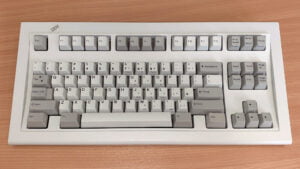
- Identity: Renowned as the most celebrated IBM keyboard, the Model M is lauded for its exceptional durability. Also, the iconic “buckling spring” mechanism, and its distinct clicky feedback.
- Features: This model introduced the 101-key “enhanced” layout, setting the standard for modern keyboards with separate arrow and function key clusters.
Model F (1981):
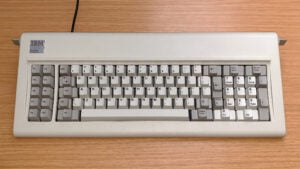
- The predecessor to Model M: Featuring a capacitive buckling spring mechanism, the Model F is often deemed superior in providing tactile feedback and durability compared to the Model M.
- Layout: It was available in various layouts, notably the 122-key terminal layout.
IBM Beam Spring Keyboards (1970s):
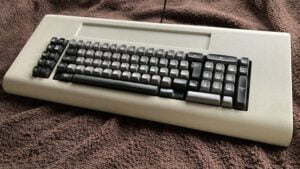
- Early Era: Predating the Model F, these keyboards accompanied IBM’s earlier terminals and computers, such as the IBM 3270.
- Mechanism: They are distinguished by their beam spring switch, delivering a unique tactile sensation and sound.
Representative Functions & Design
- Buckling Spring Mechanism: The defining feature of IBM’s classic keyboards, this mechanism ensures tactile feedback and a recognizable clicking noise, enhancing the typing experience.
- Build Quality: IBM keyboards were constructed to endure, utilizing high-quality materials and sturdy construction.
- Customizability: Keyboards like the Model M are celebrated for their potential for custom modifications, including USB conversions and personalized keycaps.
Landmark Identity in Mechanical Keyboard History
- Standard-Bearer: IBM keyboards, especially the Model M, have become the benchmark for the ideal typing experience.
- Durability and Longevity: These keyboards are renowned for their decades-long lifespan, showcasing their superior build quality.
- Influence on Modern Keyboards: The layout and design principles of IBM keyboards have shaped the development of most contemporary mechanical keyboards.
History and Inventors
- IBM’s In-House Design: Developed inventions by IBM engineers, the precise inventors are not popular widely; However, the creation was a team effort within IBM.
- Evolution: The design of IBM’s keyboards evolved through the years, from the beam spring models to the Model F, and finally to the renowned Model M.
Typing Mechanism and Elements
- Buckling Spring: This mechanism involves a spring that buckles under pressure to complete the circuit, offering tactile feedback and a unique sound.
- Capacitive Sensing (Model F): Employed in the Model F, this technology detects keypresses through changes in capacitance, providing a distinctive typing feel and considered to be of higher quality.
Influences on Industry Trends
- Quality Benchmark: IBM keyboards have established a high standard for typing feel, durability, and build quality in the industry.
- Resurgence in Popularity: The growing community of mechanical keyboard enthusiasts has reignited interest in IBM’s classic models. Mainly for its unparalleled typing experience.
- Inspiration for New Designs: Contemporary mechanical keyboard manufacturers frequently draw inspiration from IBM’s designs. Furthermore, especially when crafting keyboards for typing enthusiasts and professionals.
IBM’s keyboards, particularly the Model M, have left a lasting impact on the mechanical keyboard landscape. From their enduring appeal among enthusiasts to their influence on modern keyboard design and innovation.
For more knowledge of mechanical keyboards, visit DURGOD.



